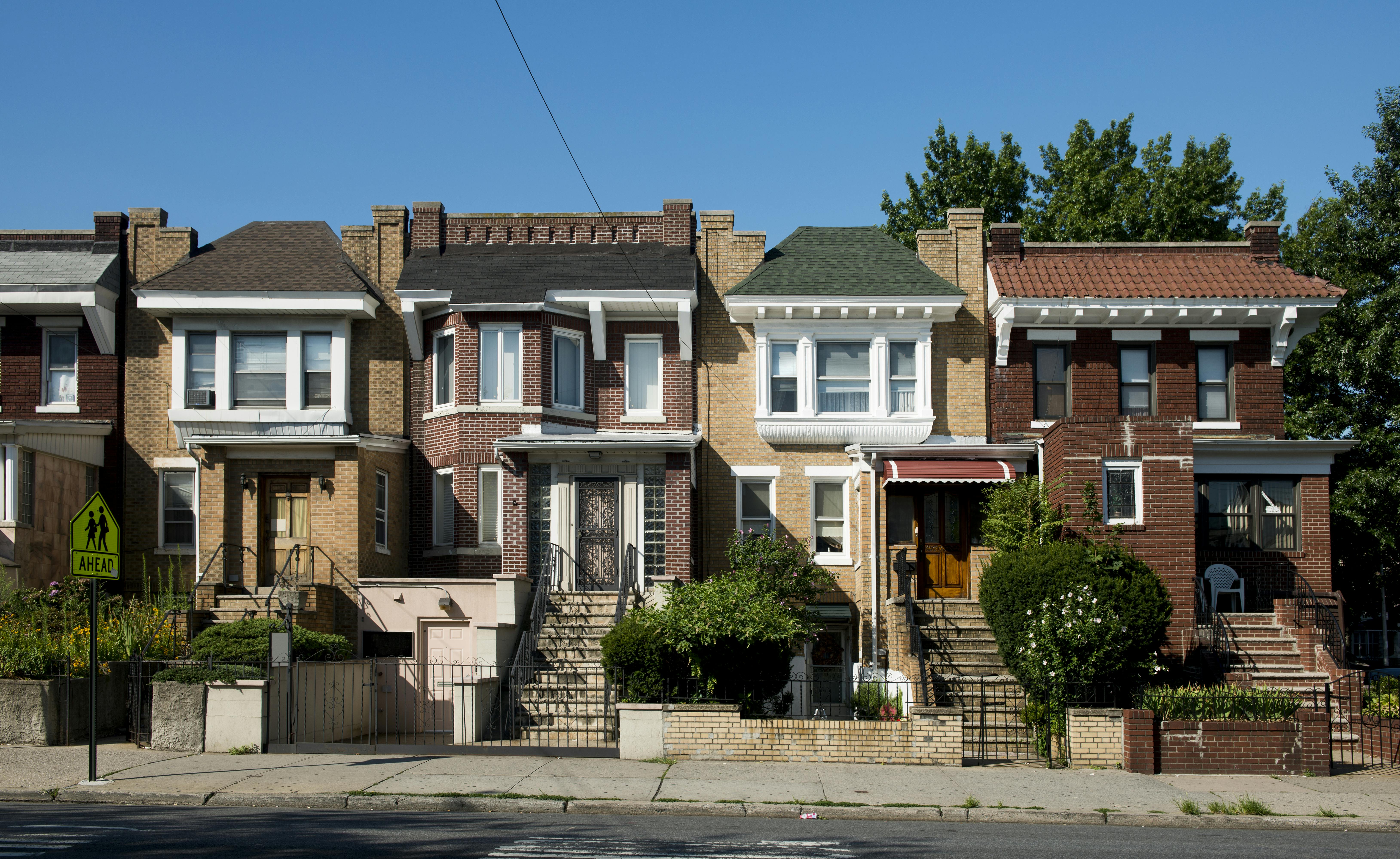
Housing Policy Fact Vs. Fiction: Part 2, Character
By Tom CorsilloIn the 107 years since the United States Supreme Court deemed segregation via zoning unconstitutional (Buchanan v. Warley, 1917), anti-housing voices have learned how to disguise exclusionary motives in socially acceptable language.
While some less disciplined individuals occasionally let their masks slip, we more often than not hear opposition to new homes couched in supposed concerns about things like sewers and traffic.
This piece is part of a series where we’ll decode the anti-housing dictionary, because effective communication is key to addressing the housing crisis.
Neighborhood Character
If you’re playing NIMBY Bingo, you’re going to want to make sure your card has the word “character” on it.
Go to a public hearing on a proposed apartment building and inevitably, you’ll hear opponents claim it will destroy the neighborhood’s “character.”
On the surface, appeals to preserve the "character" of a neighborhood sound reasonable. After all, what person who loves their community wouldn't want to maintain its charm and identity? And the term often is used innocently by folks acting in good faith to refer to the architectural characteristics typical of the community.
Unfortunately, "character" also has a history as a euphemism anti-housing voices use as a stand-in for a community’s racially and socioeconomically homogenous status quo.
Historically, zoning laws and housing policies have been tools of exclusion, designed to segregate communities along economic and racial lines. The concept of "neighborhood character" is deeply entwined with these exclusionary practices. In the mid-20th century, for instance, redlining and restrictive covenants explicitly barred non-white individuals from certain areas. Although these practices are now illegal, their legacy often endures in the form of exclusionary zoning that remains intact decades after it was put in place.
When anti-housing voices in exclusionary communities cite the need to preserve neighborhood “character” as a reason to reject a proposed development, they are effectively talking about perpetuating the problematic status quo.
When is Preserving Neighborhood Character Valid?
Never.
There are valid concerns one might have about a proposed development in their neighborhood. Concerns about traffic congestion, parking, strain on public services, and school overcrowding are very often overblown, but they’re valid.
The problem with “character” as an argument is that it is meaningless. It’s all vibes, no substance. As a weapon, that makes it effective. It sounds reasonable. It can stoke fear. And it can mean whatever people want it to mean.
So what can pro-homes voices do? Don’t let them off the hook. When someone brings up neighborhood “character” as a reason to deny new development, ask them what they mean by that in specific terms. Make them define the reason for their opposition substantively, so their concern can be incorporated into the plan, addressed, refuted or exposed for what it really is.
If you’re a housing advocate, let’s have a conversation about how Marino can help you achieve your mission.